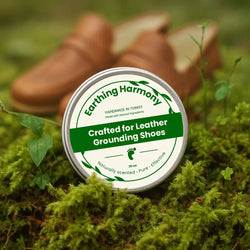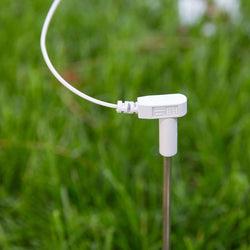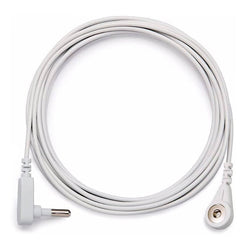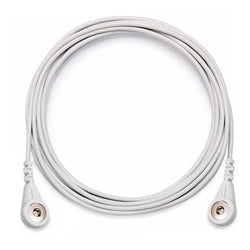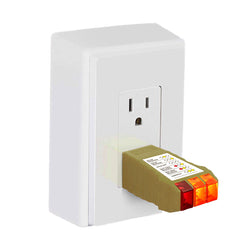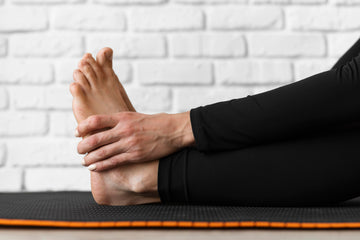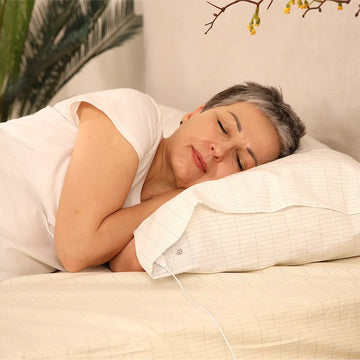For most people, shoes are a daily necessity—worn without question, like brushing your teeth or sipping your morning coffee. But what if kicking off your shoes and stepping onto the earth could be a hidden key to better health? As it turns out, walking barefoot on natural surfaces isn’t just a nostalgic throwback to childhood—it’s a scientifically supported practice known as grounding (or earthing) that may offer real health benefits for your mind and body.
The Practice of Walking Barefoot for Wellness
Walking barefoot, also called “earthing,” involves direct contact between the soles of your feet and the ground—be it soft grass, beach sand, or soil. This practice isn't new. For centuries, cultures around the world have embraced barefoot walking for its health-enhancing properties. Now, science is catching up, revealing how this natural habit may support everything from reduced inflammation to improved balance and blood pressure regulation.

Why Your Bare Feet Are Designed for the Ground
The human foot is a marvel of natural engineering. With 26 bones, over 100 muscles, tendons, and ligaments, and thousands of nerve endings, your feet were built for movement and sensory feedback. Walking barefoot stimulates certain muscle groups that are often dormant when wearing shoes. These include the small stabilizing muscles in the ankles, arches, and toes, which help balance improvement, proprioception, and overall foot health.
How Grounding Connects You to the Earth’s Energy
One of the most intriguing aspects of barefoot walking is its connection to the Earth’s energy. The planet emits a natural negative charge. When you make direct contact with its surface through your bare feet, electrons flow into the body, neutralizing free radicals and reducing oxidative stress. This transfer can potentially lead to lower inflammation, faster recovery, and enhanced well-being. Learn more about this process in our article on What Are Grounding Sheets Made Of?

The Health Benefits of Walking Barefoot on Natural Surfaces
People who walk barefoot on natural surfaces often report a range of physical and emotional benefits. These include pain relief from conditions like plantar heel stab, improved mechanics in gait and posture, and greater body awareness. Walking without shoes allows your feet to move more naturally, engaging ligaments and muscles in a way that promotes healthy feet and reduces injury risk.
Scientific research into grounding practices has revealed promising outcomes—like those found in our exploration of Grounding for Better Sleep and pain management. The more time you spend in contact with the earth’s surface, the more likely you are to experience its restorative benefits.
Walking Without Shoes vs. Wearing Shoes: What Changes?
Wearing shoes—especially stiff, narrow, or heavily cushioned ones—can limit foot mobility and weaken intrinsic foot muscling over time. While shoes protect us from sharp objects and harmful bacteria, they also insulate us from the ground, cutting off our access to the Earth’s healing energy.
In contrast, walking without shoes fosters improved foot position, stronger arches, and better control during movement. People’s feet adapt to varied terrain, which helps develop resilience and flexibility.
Best Surfaces for Grounding: From Grass to Sand
Not all surfaces are created equal when it comes to grounding. Grass is one of the most popular options due to its comfort and conductivity. Sand, particularly at the beach, also offers excellent contact with the Earth. Soil, dirt paths, and forest floors provide rich grounding environments and invite full-body relaxation.
Wet surfaces, like dew-covered grass or damp beach sand, are especially powerful for grounding because water enhances conductivity. If grounding outdoors isn’t accessible, consider using an outdoor grounding rod to connect your living space to the Earth’s vital energy.

Common Foot Conditions That May Improve with Barefoot Walking
Many people experience foot problems that could benefit from grounding. Plantar fasciitis, one of the most common causes of heel pain, often stems from weak foot muscles and poor biomechanics. Barefoot walking encourages natural foot movement, helping relieve ligaments and restore proper alignment.
Over time, regularly walking barefoot can lead to healthier feet, stronger arches, and fewer complaints of chronic foot discomfort. However, individuals with pre-existing issues or flat feet should start gradually and consult a specialist if needed.
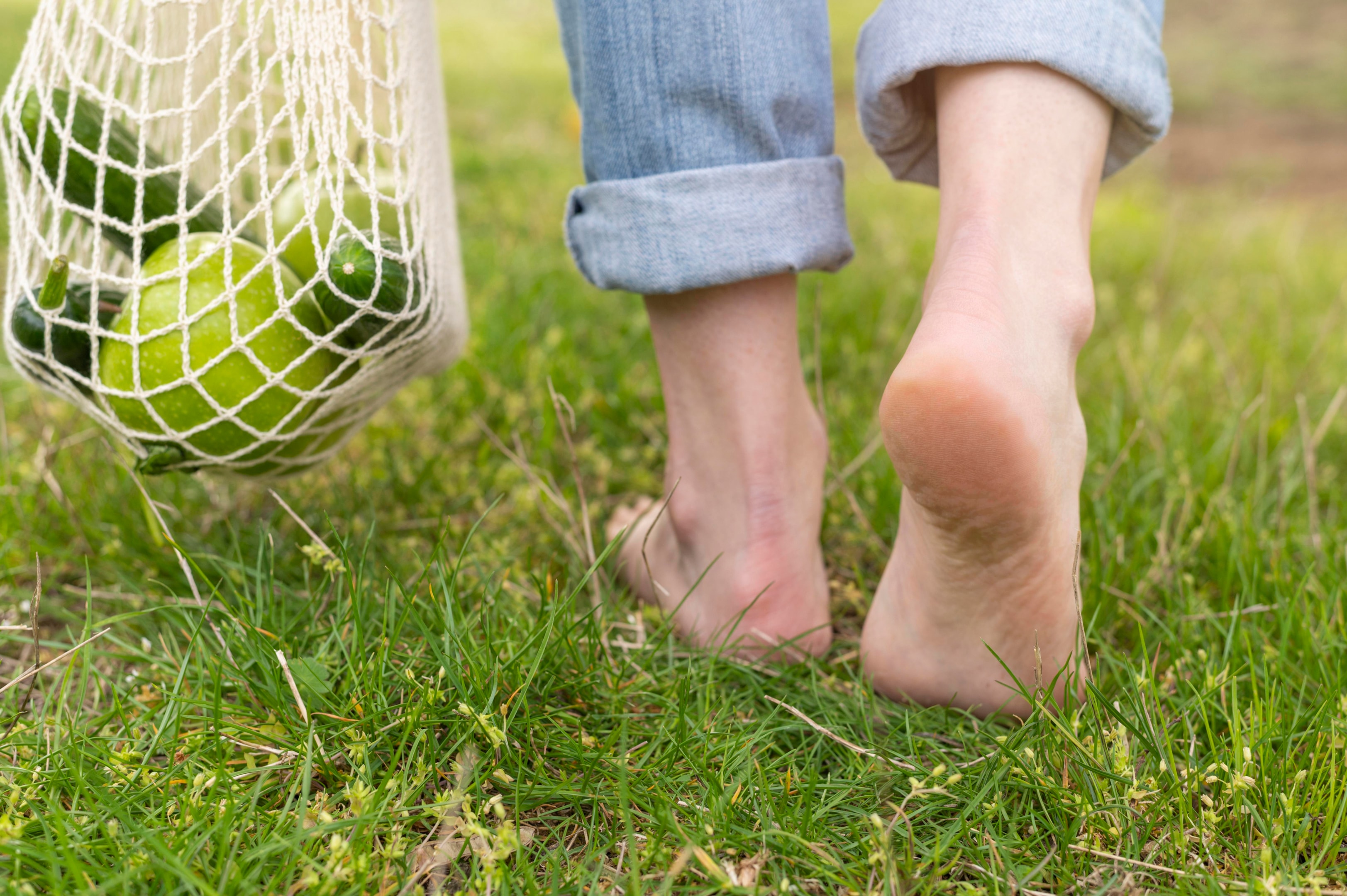
Can Walking Barefoot Cause Problems? Exploring the Risks
Despite the many benefits, there are potential risks with barefoot walking—especially in certain situations. Walking on hard surfaces for extended periods can cause discomfort, strain, or even injury. There's also an increased risk of cuts, exposure to harmful bacteria, or triggering foot conditions like athlete’s foot if hygiene isn’t maintained.
Additionally, without proper awareness, going barefoot can cause imbalances in posture and gait, particularly for those with weak knees, ankles, or a history of injury. That’s why experts advise starting slow and gradually increasing barefoot time.
Start Slowly: How to Ease Into the Practice Safely
If you’re new to barefoot walking, it’s essential to start with patience and listen to your body. Begin with 10–15 minutes per day on soft, natural surfaces such as grass or sand. This allows your feet to strengthen without overload. Wearing grounding footwear can also help ease the transition and maintain contact with the earth when going completely barefoot isn’t practical.
Use an outlet checker if you plan to connect to a grounding mat to ensure safety and compatibility.
Going Barefoot Indoors: Clean Home, Grounded Body
If outdoor grounding isn’t always an option, going barefoot indoors can still be beneficial. Walking barefoot on hardwood or tile supports basic foot engagement, though it doesn’t offer grounding unless you use a conductive product. Tools like grounding mats, bed sheets, or grounding pillowcases bring the Earth’s negative charge indoors and allow for restorative contact while working or sleeping.
In a dirt-free home environment, removing shoes also minimizes dirt, improves hygiene, and encourages better body mechanics during daily activities.
Conclusion: A Simple Step Toward Greater Health
So, is walking barefoot good for you? The answer is a resounding yes—for most people, and in most natural environments. This gentle yet powerful practice reconnects you with the Earth’s beneficial energy, strengthens every muscle and ligament, improves balance, and provides surprising health benefits from the ground up.
In our overly structured, indoor-oriented lifestyles, reconnecting with nature—even for just 15 minutes a day—can transform how we feel. Walking barefoot is more than just a sensory delight; it’s a natural therapy, rooted in ancient wisdom and validated by modern science.
Ready to experience the benefits yourself? Learn where to buy grounding sheets, explore our full collection of accessories, and start your journey back to nature with the support of Earthing Harmony.
Frequently Asked Questions About Walking Barefoot and Foot Health
Does walking barefoot have any benefits?
Absolutely. Walking barefoot is a natural approach that can improve overall health, especially when done on natural surfaces like grass, sand, or soil. By going barefoot, you activate muscles in your feet and legs that often go unused in shoes. This can support balance, posture, and even provide especially knee ligaments relief. It may also reduce injury risk by strengthening intrinsic foot muscles and promoting healthier walking patterns.
Is it healthy to walk barefoot in the house?
Yes, walking barefoot inside can support foot health and help you become more aware of your movement patterns. Hardwood or tile floors allow for better activation of stabilizing muscles in your toes, arches, and ankles. While you may not get any grounding gains without a conductive surface, going barefoot at home still promotes rest, improves circulation, and supports natural gait. For those concerned about hygiene or cold floors, socks that allow toe spread and movement can be a comfortable alternative.
Are humans supposed to walk barefoot?
Yes—barefoot walking is how humans evolved to move. For thousands of years, we walked and ran without shoes, relying on the ground for sensory input and physical feedback. Modern footwear often restricts natural movement and can weaken muscles over time. Returning to barefoot practices helps realign posture, activates the entire kinetic chain from knees to hips, and brings us closer to the Earth—a key component in overall health and well-being.
What are the disadvantages of barefoot walking?
While there are many benefits, there are some risks to be aware of. Walking barefoot for long periods—especially on hard or unfamiliar surfaces—can lead to strain, fatigue, or discomfort. You might feel discomfort if your muscles or ligaments aren’t used to the motion. There's also a small chance of injury from sharp objects, uneven terrain, or poor hygiene. To avoid issues, start slow, pay attention to how your feet respond, and rest when needed. Consider using minimalist shoes or socks as transitional tools.
How long should I walk barefoot each day?
If you’re just beginning, start with 10 to 15 minutes of walking barefoot on safe, natural terrain. As your feet, arches, and ligaments adapt, you can increase your duration gradually. Like any new physical habit, it’s important to listen to your body—rest if you feel pain, and ease into longer sessions to avoid overuse or injury.
Can barefoot walking help with specific conditions of our feet?
Yes. Many people report improvements in conditions like flat feet, heel pain, and plantar fasciitis after regularly going barefoot. The practice helps strengthen small stabilizing muscles and promotes healthier distribution of weight during walking. In particular, the relief felt in ligaments and soft tissues can contribute to better foot health over time.





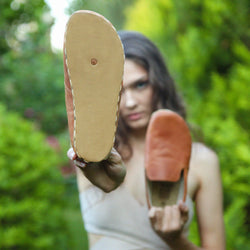
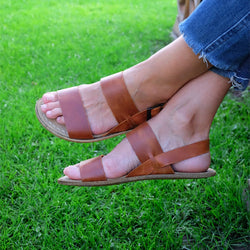
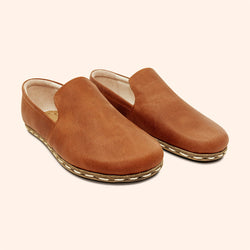 Shoes
Shoes
 Boots
Boots
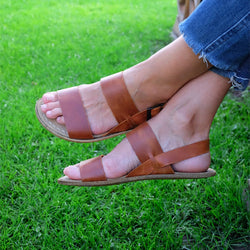 Sandals
Sandals
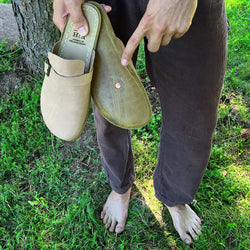
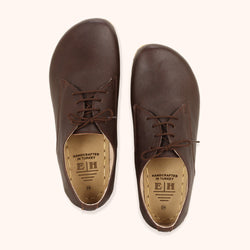 Shoes
Shoes
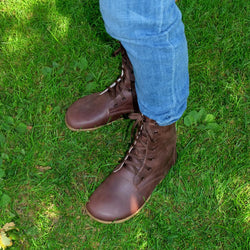 Boots
Boots
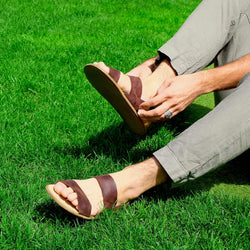 Sandals
Sandals
